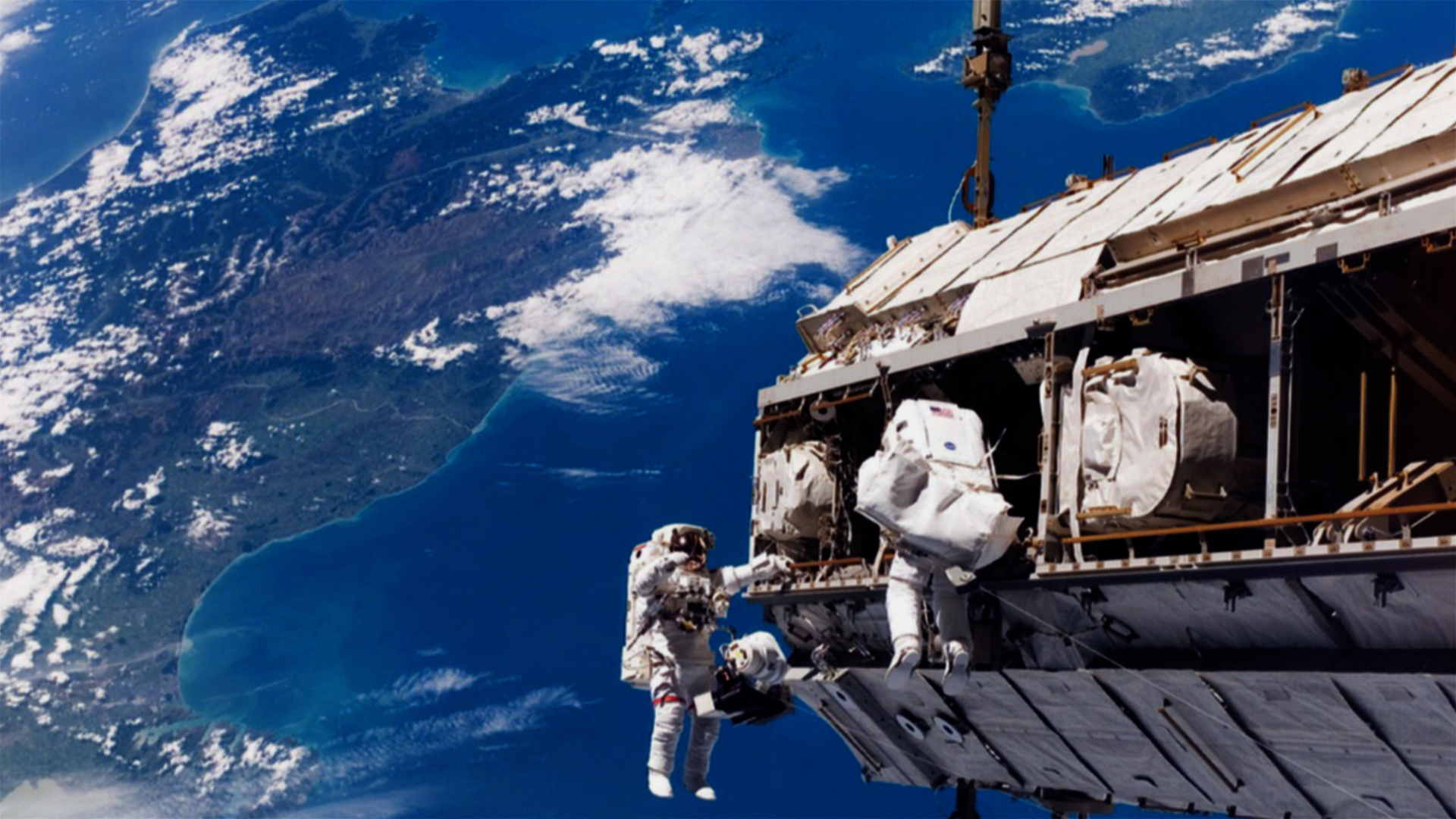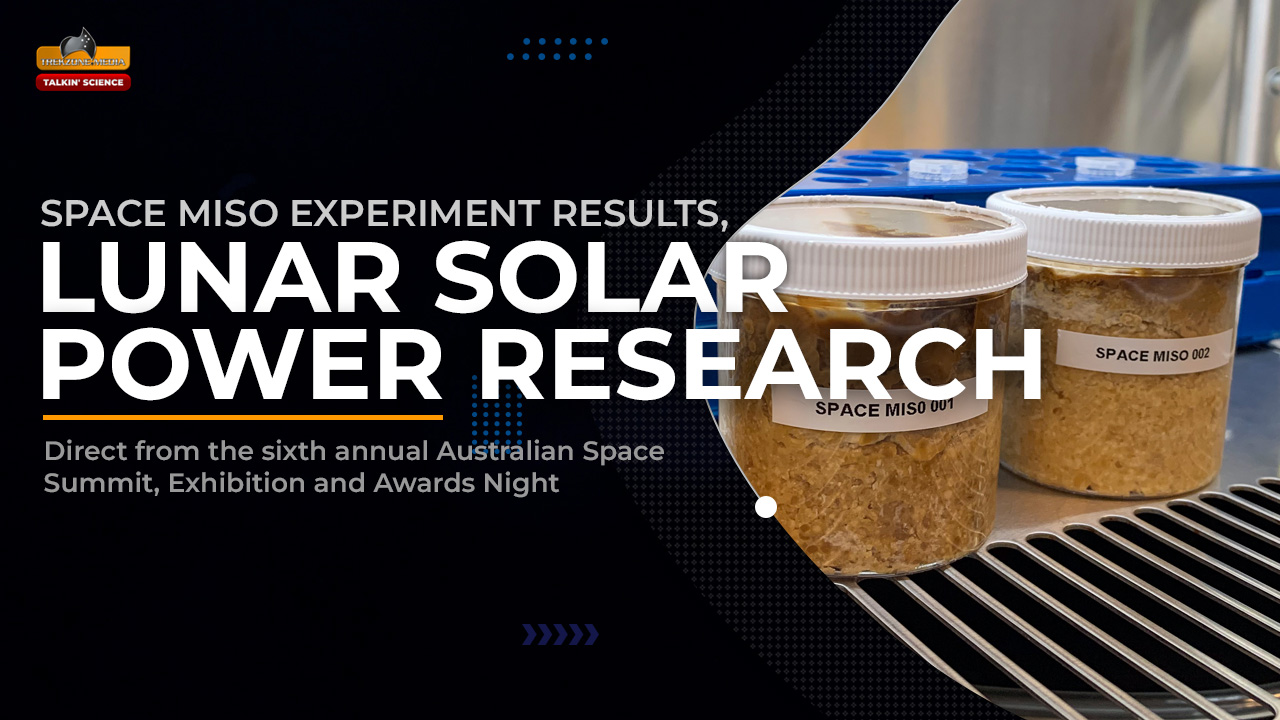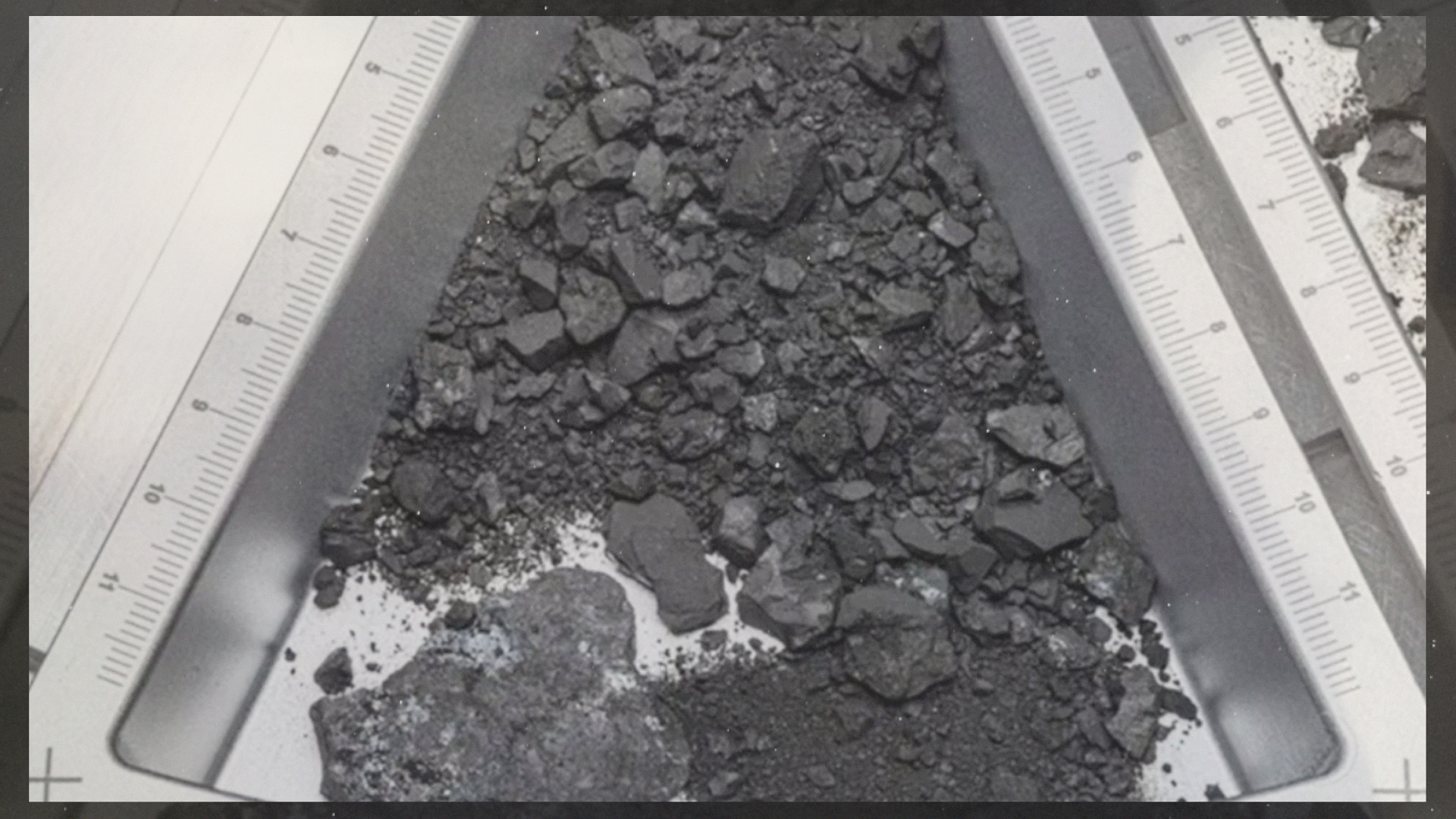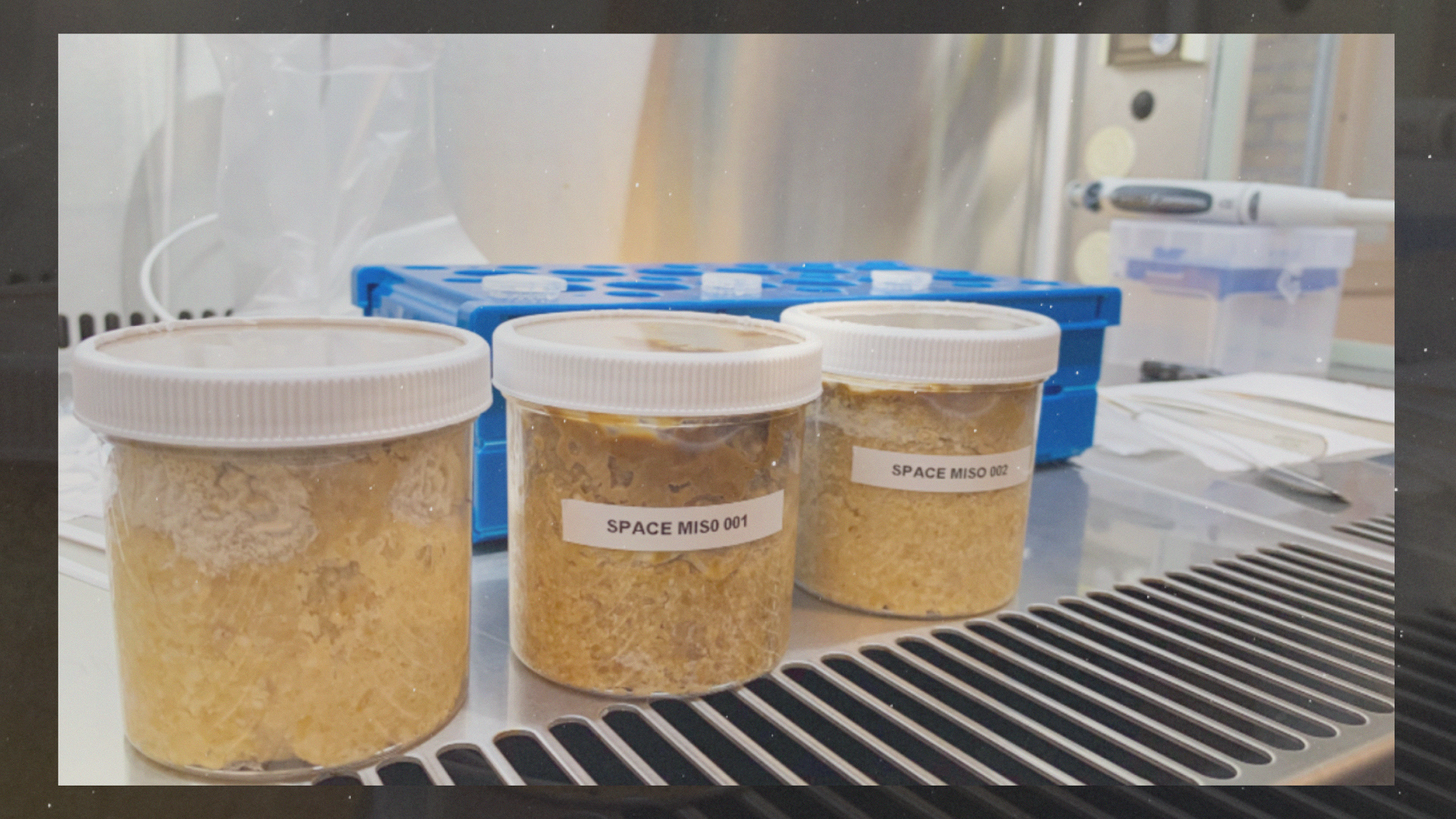The team believes that the introduction of a higher diversity of microbes onto the station would, counter-intuitively, improve the health of the people living on the station. To work this out, the researchers got the astronauts on the ISS to collect over 800 samples from across the station and bring them back to Earth.
The team then identified which bacterial species and chemicals were present and attempted to work out how the two were interacting. There were far fewer free-living microbes on the station, and the intentional introduction of them could help improve the astronauts’ health, without sacrificing hygiene.
The team found that overall, human skin was the main source of microbes throughout the ISS. Chemicals from cleaning products and disinfectants were present ubiquitously throughout the station and different modules hosted different microbial communities and chemical signatures, and these differences were determined by the module’s use. For example, dining and food preparation areas contained more food-associated microbes, whereas the space toilet contained more urine- and fecal-associated microbes and metabolites.
When they compared the ISS to different human-built environments on Earth, the researchers found that the ISS microbial communities were less diverse and were more similar to samples from industrialized, isolated environments, such as hospitals and closed habitats, and homes in urbanized areas.
In the future, the researchers hope to refine their analyses to be able to detect potentially pathogenic microbes and signals of human health from environmental metabolites. They say that these methods could also help improve the health of people living and working in similarly sterile environments on Earth.













